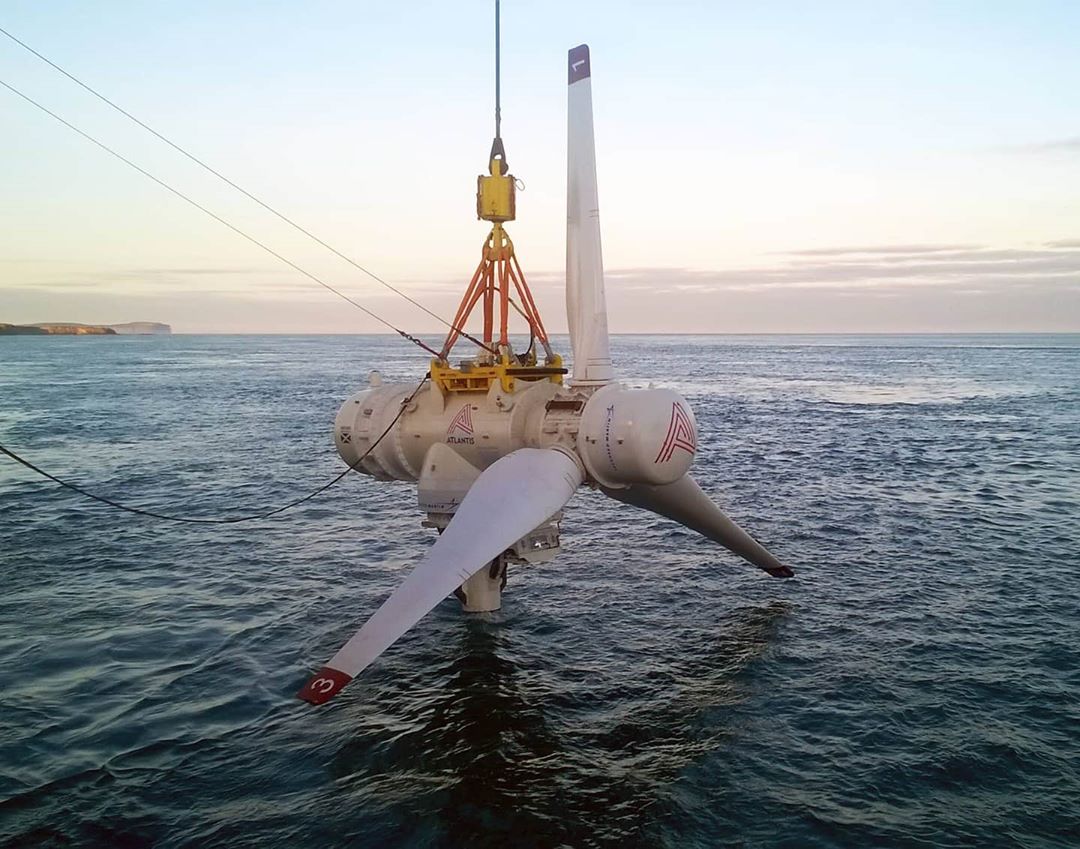This website uses cookies so that we can provide you with the best user experience possible. Cookie information is stored in your browser and performs functions such as recognising you when you return to our website and helping our team to understand which sections of the website you find most interesting and useful.
Innovation from Edinburgh Leading the Way on Sustainable Data Centres
Estimated reading time: 2 minutes, 21 seconds

Great to see a fellow Edinburgh based company leading the way on sustainable data centres. Simec Atlantis Energy are building the biggest ocean powered data centre in the world. Power for the data centre is supplied via a private network from tidal turbines at the company’s existing MeyGen project site in the Pentland Firth.
Tim Cornelius, chief executive of Simec believes that “the world’s most valuable resource is no longer oil but data”. The company say that by combining tidal power with stranded onshore wind farms in close proximity to MeyGen, they can create a virtual power plant to provide sustainable power to a data centre in Scotland, creating important new fibre connections for Scotland and the UK in the process.
This exciting project represents the marriage of a world leading renewable energy project in MeyGen with a data centre operator that seeks to provide its clients with a large amount of computing power, powered from a sustainable and reliable source – the ocean.
The project first started back in 2010 and has demonstrated the capability of tidal energy to produce renewable, but also predictable electricity. The 3.5km site covers some of the fastest flowing waters in the UK, just 2km from Scotland’s north-east tip. To the north of the site is the uninhabited island of Stroma, which creates a natural channel with the mainland to accelerate the millions of tonnes of water flowing between the North Sea and the Atlantic Ocean every day. I wonder how long it will take for this to catch on and we see people using the Brainnwave platform to identify similar geographic channels and water depths around the world.
The electricity is generated in much the same way as wind farms but underwater and is much more reliable. Whilst we never really know when the wind will blow the tidal movements of the ocean have been understood for hundreds of years. Due to the predictable nature of the tidal flow, and due to Simec’s ability to demonstrate the technology, tidal energy now has a place in the UK industry. The company knows the pattern of the tide in advance, therefore they have the ability to predict energy generation up to 20 years into the future! That type of predictable power will be critical during the energy transition to Net Zero.
View this post on Instagram
So far there are 4 1.5MW turbines operational, they are currently constructing the sub sea hub to connect more generators with a further 49 turbines in development at a cost of £420m.
The challenge of sustainable data centres was explored further in our blog on who has the greenest cloud. As we consume more and more data projects like these will become critical to the sustainability of our data industry.

